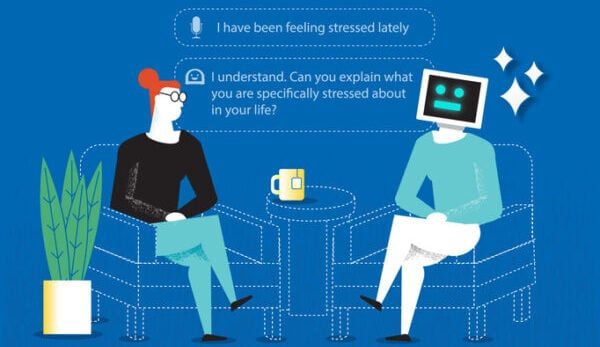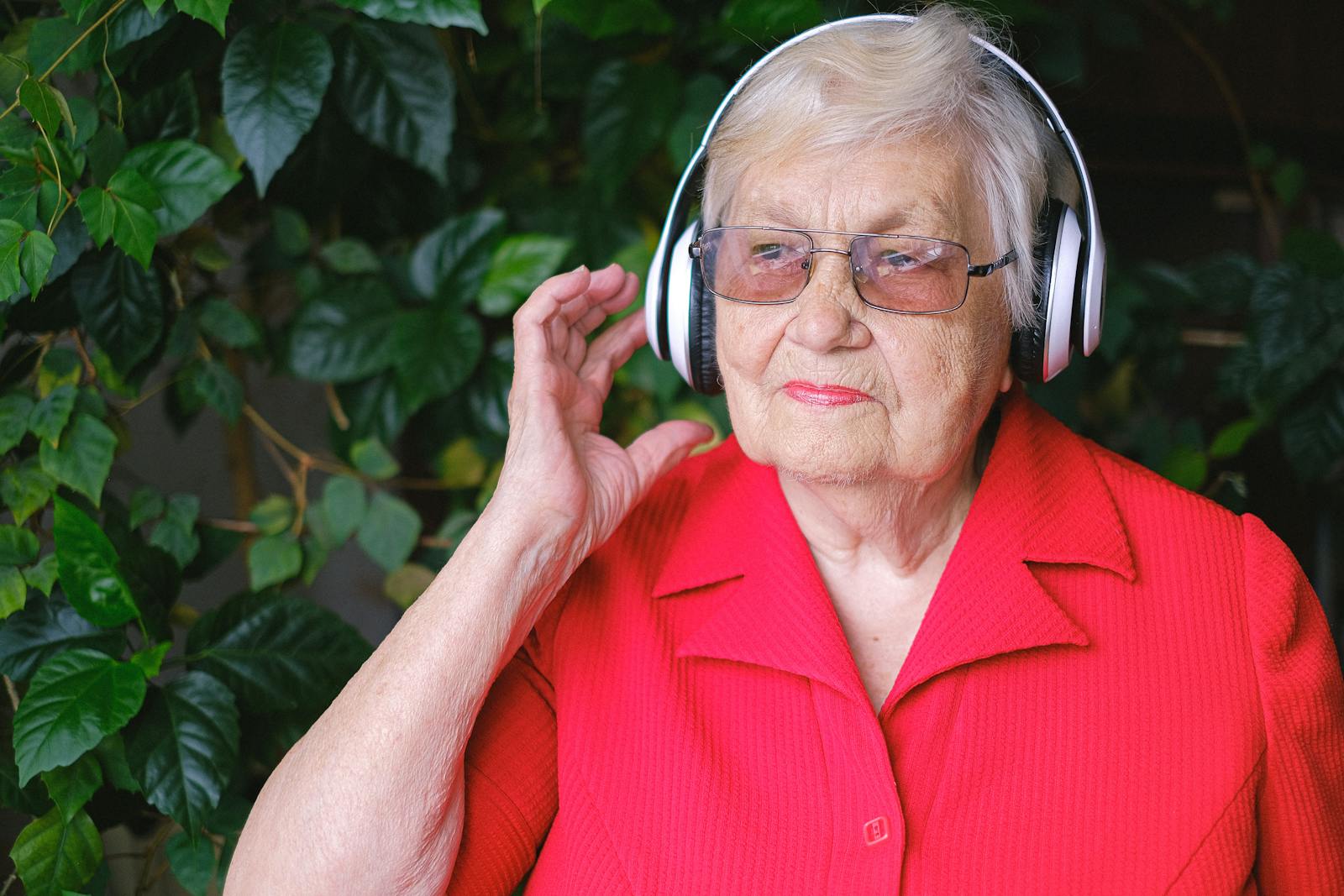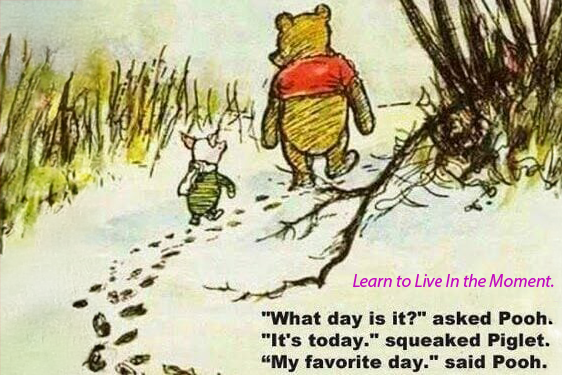A phenomenon known as “filtered reality” has evolved in a time when social media platforms have taken on the role of our virtual stage for life. A complex and nuanced interaction between social media and body image issues has emerged beneath the surface of carefully selected photographs, expertly placed filters, and seemingly ideal lifestyles. With social media sites like Instagram, Facebook, Snapchat, and TikTok dominating our online interactions, it has become customary to convey an idealized version of reality. These platforms, which were originally hailed as a way to connect people, have unwittingly spawned a society where authenticity is frequently eclipsed by painstakingly manufactured images that create the appearance of perfection.
But a complex and unsettling reality lies beyond the shiny façade. A rising amount of research confirms the causal relationship between the promotion of an ideal body image on social media and the effects it has on people’s mental health. The effect on people’s body image in this era of constant comparison is evident. The constant exposure to images of airbrushed beauty and unreachable perfection has had a negative impact on people’s sense of self, pleasure with their bodies, and general mental health.
The psychological effects of filtered reality are a growing source of concern for psychologists and mental health professionals. An environment of constant comparison is created by the constant exposure to staged or edited photographs on social media, according to clinical psychologist Dr. Sarah Miller, who specializes in body image concerns.
This phenomenon has been carefully studied by researchers, and their conclusions present a persuasive picture. A University of Pennsylvania study found a direct link between increased levels of body dissatisfaction in young adults and time spent on social media. The constant barrage of pictures that promote inflated notions of beauty has been linked to increased rates of anxiety, sadness, and the adoption of harmful habits like severe dieting and overexertion. These worries have only grown as a result of the overabundance of influencers and superstars on social media platforms. The strain to live up to these manufactured ideals is increased by their well controlled lives and polished personas. These expectations may be internalized by impressionable, eager-to-be-accepted young minds, which can create a vicious cycle of body image unhappiness.
This phenomenon’s core is the widespread usage of filters and photo-editing software. These tools were initially designed to improve the aesthetic appeal of images, but they have now evolved into devices that conflate authenticity with fabrication. According to a survey by the Royal Society for Public Health, more than 50% of participants said that social media was a factor in issues with body image, with filters and editing tools standing out as major culprits.
This view is echoed in the personal accounts of people who have succumbed to the seduction of the filtered world. A devoted social media user, Amelia Johnson, 24, admits, “I used to spend hours retouching my images before publishing them. I had this intense need to seem immaculate in order to match the pictures I saw online. My self-esteem suffered as a result, though, because I could never live up to those unattainable expectations. Glimmers of hope and change have nevertheless appeared amid the sea of staged images and psychological turbulence. Social media has the power to alter perceptions and prompt constructive changes in the narrative, despite its paradoxical complexity.
Campaigns, hashtags, and movements devoted to reversing the detrimental effects of filtered reality are gaining traction across the digital world. These campaigns, which frequently promote body positivity, inclusivity, and self-acceptance, have begun to change the conversation. A new breed of video producers who champion authenticity and celebrate faults has emerged thanks to platforms like TikTok. By embracing the universal human experience of flaws and vulnerabilities, these innovators have used their internet presence to provide candid peeks into their lives.
Dr. Miller stresses the necessity of balance for moving across this terrain. She advises that users of social media should exercise caution and keep a positive outlook. The trick is curating feeds to feature a variety of body types and messages that uplift rather than denigrate. One essential step toward maintaining one’s mental health is realizing that the images offered online frequently represent a carefully staged and manipulated version of reality. It is obvious that a concerted effort is required to change the narrative as society struggles with the substantial impact that social media has on mental health, particularly with regard to body image. Young people need to be taught about the possible drawbacks of the filtered world, and schools, parents, and mental health professionals all have a crucial role to play in this process. Encouraging critical thinking, nurturing self-esteem, and fostering authentic self-expression are essential components of this endeavor.
It takes a complex path to reveal the filtered truth, one that calls for both structural change and personal empowerment. We can create the conditions for a healthy connection with technology and, more significantly, with ourselves by recognising the contribution of social media to difficulties with body image and working together to rethink beauty standards.
—
iStock image
The post Unmasking the Filtered Reality: Exploring the Link Between Body Image Issues and Social Media appeared first on The Good Men Project.
Original Article










